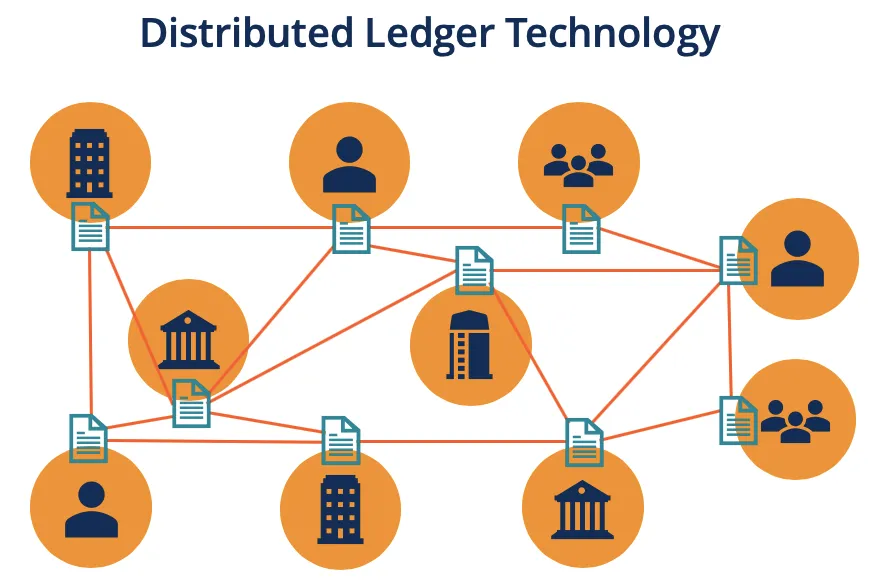Hey there,

Pic Source - CFI
A distributed ledger is a digital database that is shared and replicated across a network of computers. It is a decentralized system that allows for the secure and transparent recording of transactions or other data. Distributed ledgers use cryptography and consensus algorithms to ensure the integrity and security of the data stored on the ledger, making them highly resistant to tampering or manipulation.
One of the main benefits of distributed ledgers is their decentralized nature, which allows them to operate without a central authority or point of control. This makes them more resilient to censorship, fraud, and other types of interference, as all participants in the network have a copy of the ledger and can verify the authenticity of transactions.
Distributed ledgers also have the potential to greatly improve the efficiency and transparency of various industries and processes. For example, they could be used to streamline supply chain management by providing a tamper-proof record of the movement of goods from production to consumption. They could also be used in the financial industry to facilitate faster and more secure financial transactions, or in the healthcare industry to securely store and share patient records.
However, there are also a number of challenges and risks associated with distributed ledgers. One of the main challenges is scalability, as the larger and more complex the ledger becomes, the more difficult it becomes to manage and maintain. Additionally, there is the risk of errors or vulnerabilities in the underlying technology, which could lead to unintended consequences or financial loss.
Another challenge is the issue of privacy, as distributed ledgers are generally open and transparent, which may not be desirable in certain situations. There are various ways to address this issue, such as using privacy-enhancing technologies or implementing strict access controls, but these solutions may also come with their own trade-offs and challenges.
Distributed ledgers are a powerful and innovative technology with the potential to greatly improve the efficiency and transparency of various industries and processes. However, they also come with a number of challenges and risks, including scalability, the risk of errors or vulnerabilities, and the issue of privacy. As the technology continues to evolve and mature, it will be interesting to see how it is used and adopted in the future.